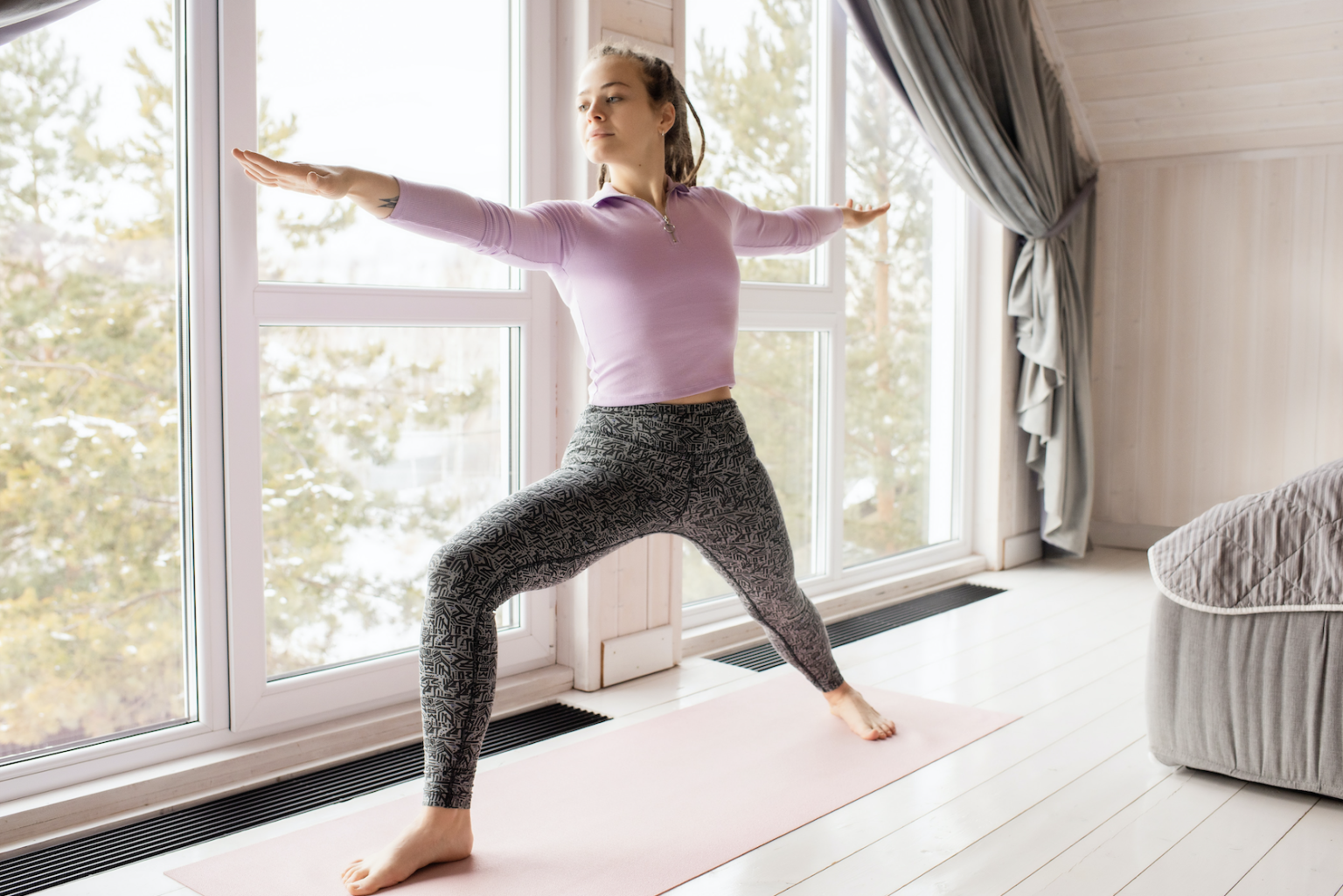As December looms, the cooler temperatures are upon most of us, and the struggle to get out of a warm bed in the morning and hit the road or trails becomes real. Here in Pennsylvania, we are already into the 20’s Fahrenheit overnight and it is dark. Dark in the morning, dark in the evening… so dark. Despite this, I prefer to run outdoors whenever possible. This has included negative temperatures, during snowstorms, and in torrential cold rain at times. So how does one manage to enjoy winter running given these challenges? Keep reading to find out some well-used tricks of the trade!
1. My number one recommendation is to invest in some warm, yet comfy, gear.
I say comfy because it is a hard transition to go from running in tank tops and shorts to being bogged down by heavy winter clothing. Layers are the key! On the lower body, you will need two types of tights: Regular running tights for temps above 30 degrees F, and fleece-lined tights for 20’s and below. If you are seeing temperatures below zero F, I would recommend another layer of looser pants on top and you are golden. The upper body layers can include short-sleeves and a windbreaker jacket for temperatures down to 30. In the 20’s I will wear long sleeves under the windbreaker, and in the teens and below you can start adding a vest or warmer jacket.
Remember to always go out a little on the cold side. You will warm up and, if overdressed, you will sweat. Being wet AND cold is your enemy, so this is obviously to be avoided. The good news is, you are wearing layers so there is an easy fix.
2. Mittens and hats are your best friends!
I have found that if my hands are cold it does not matter what clothing I am wearing: I am still COLD. Mittens are a miracle as are handwarmers tucked inside. I ran 100 miles on a night of freezing rain during the winter solstice (16 hours of darkness here) and I think that handwarmers were probably the thing that kept me from going over the edge and quitting… well, that and the pancakes that my husband made at 5:00 am. Anyway, keep your hands warm. Use a buff for your neck and/or face, and a nice warm hat. You will feel exponentially better if you follow this advice.
3. Light up the dark.
Seriously. If you need to run in the early morning or evening (or overnight) hours, this is important not just for your own sanity, but also for safety. It is hard to run for any length of time with a dim light. You will feel like you are in a tunnel straining to see (and not fall) and that is exhausting in and of itself. I like to run with a waist light because it has less bounce/movement and helps with hazard visualization because it is closer to the ground. If you add a good headlamp to the mix, you will also have amazing depth perception. This is the magic formula. When shopping for a light, check battery life. You will spend a fortune on batteries otherwise! Please note that rechargeable AAA’s for headlamps do not last as long as throw-aways (I found this out the hard way mid-run and it turns out that the light on my phone is not a good substitute). My waist light battery lasts for about 4 hours and I have made it through a (long) night with 2 spares. You will also want to be wearing a lit and/or reflective vest or top if you are running on the roads.
4. There is always the treadmill.
Some (myself included) refer to this as Satan’s sidewalk. It’s a great tool to have for, say, a raging ice storm which is the only scenario that would likely see me on the thing. Trail shoes, spikes, and screws in the soles of your shoes do work in the snow. But, if you live in an area in which roads and trails are not accessible in the wintertime, the treadmill can definitely keep you going. Just don’t forget to vary the incline and try to get some running done outside when you can to maintain your functional running fitness.
5. Finally, warm food and fluids work wonders.
If you are going long in the cold, try some warm broth, or pizza, pierogies, and pancakes as mentioned before… all are heavenly before, during, and after a long cold run! You will be surprised at the difference that having something warm in your belly makes.
Cold weather does not have to be a running prison sentence, in fact, I like to look at it as a new adventure and challenge. The truth is that some of my most beautiful runs are during the winter months. There is something deeply peaceful about running on a snow-covered road or trail with snowflakes floating around me.
Winter running is definitely a “the more you do it, the easier it is” type of scenario. Be encouraged that you will acclimate (I find that it gets much easier after even 2 or 3 cold runs at the beginning of the season), and try out these tips so that you can keep reaching for your goals! If you have other questions or more specific concerns, as always, you can reach out to me via the website contact form or by telephone. I would love to hear from you!




